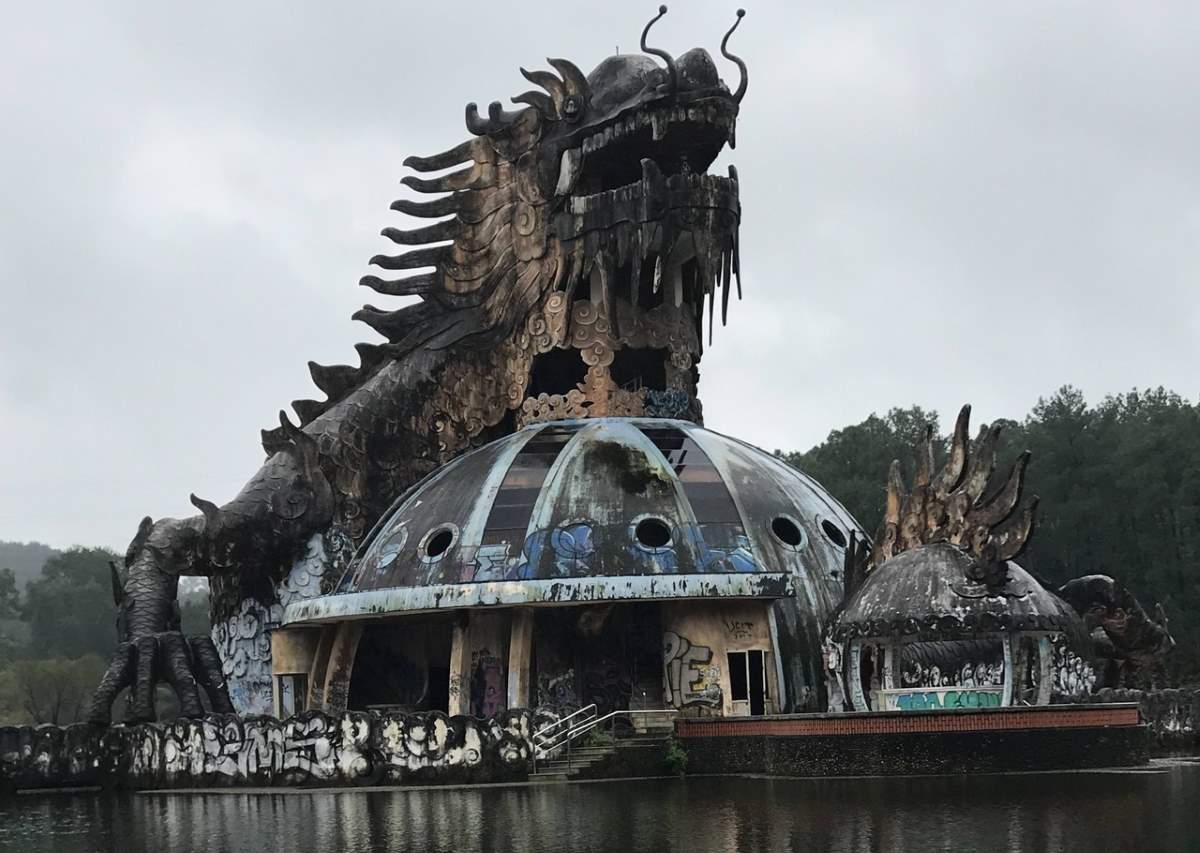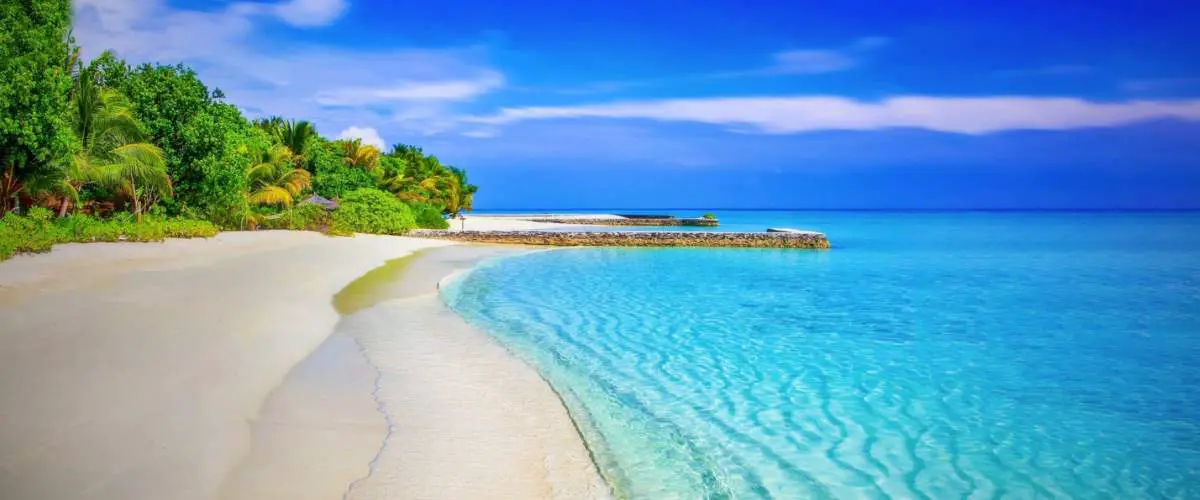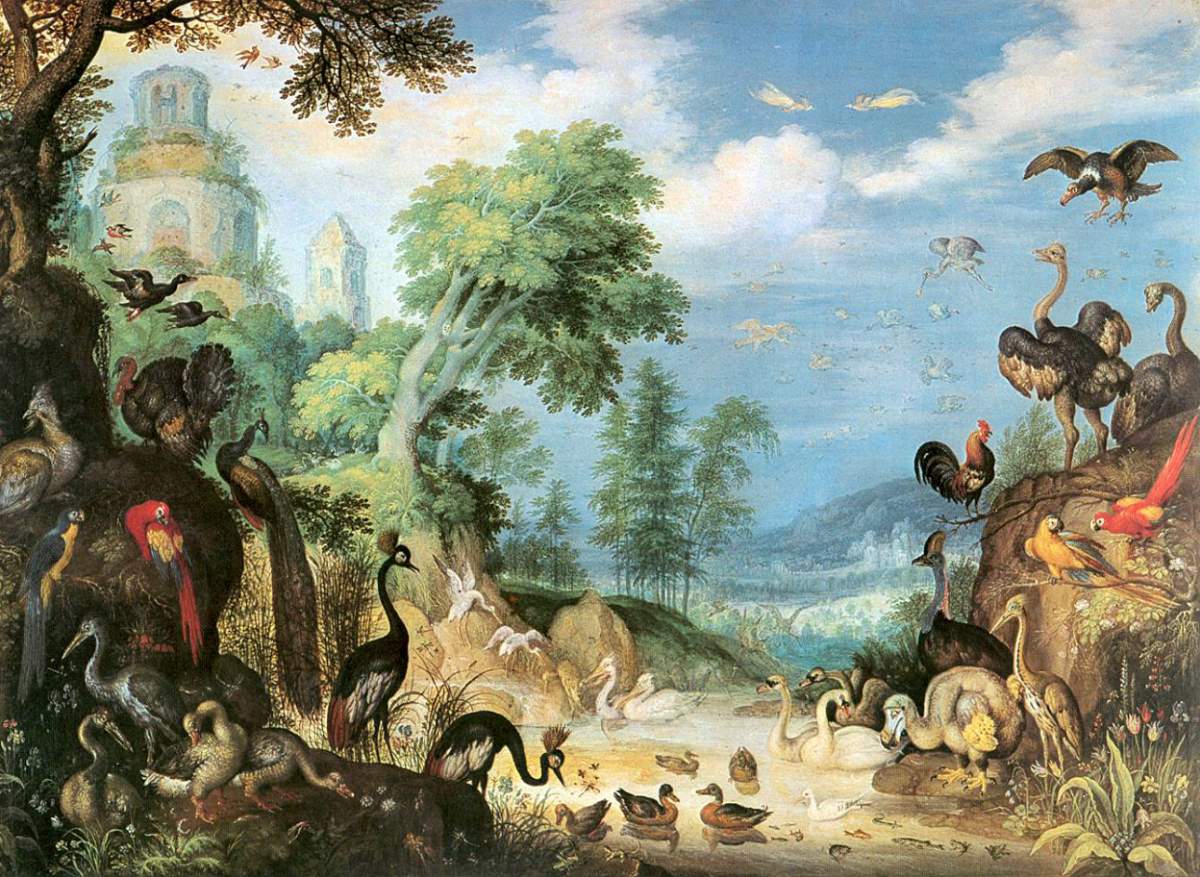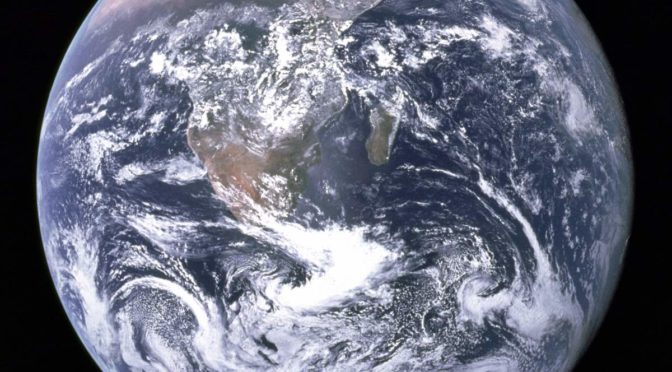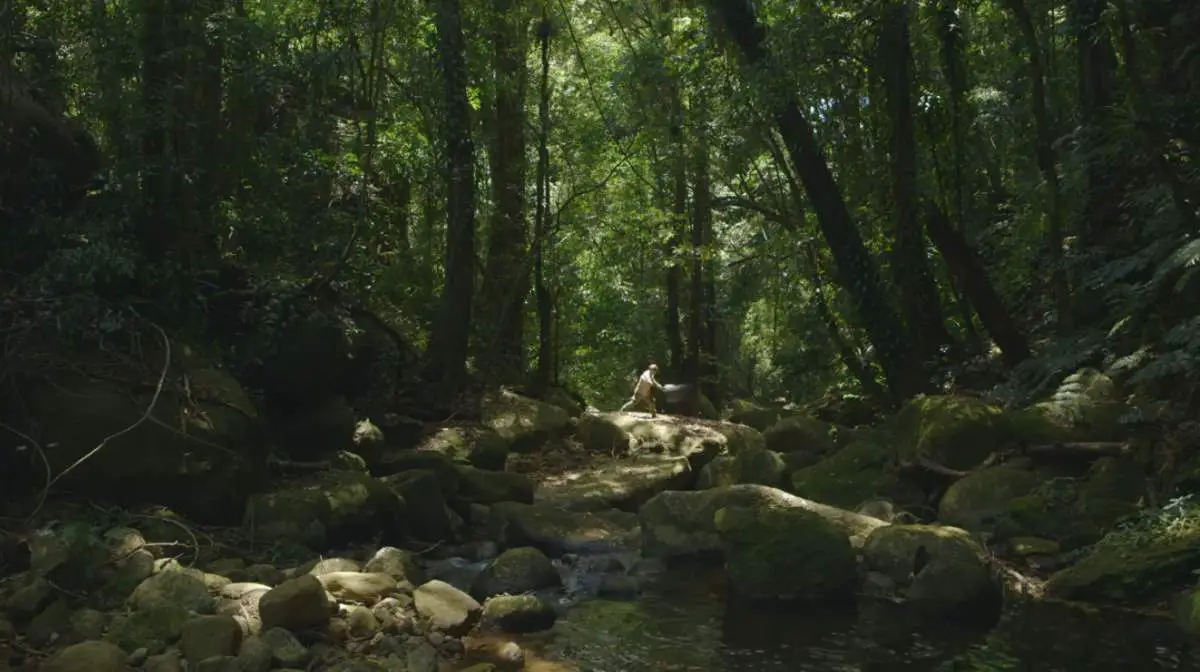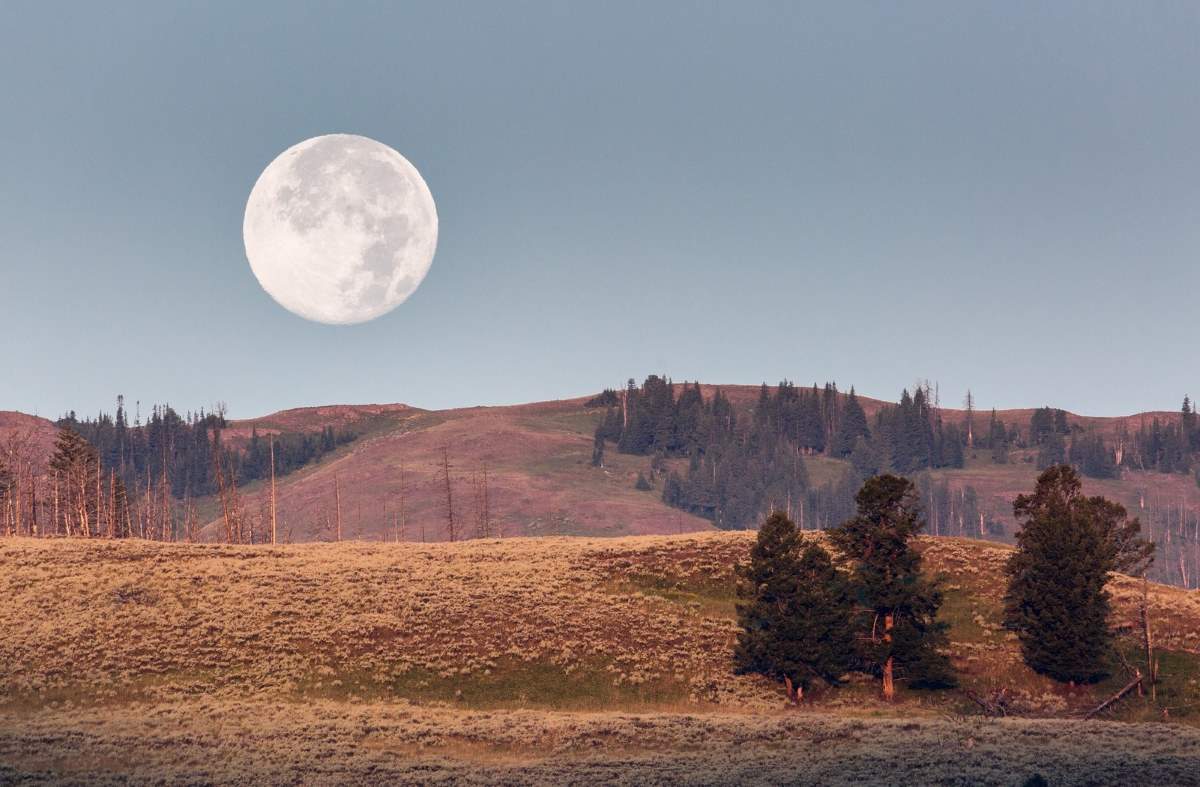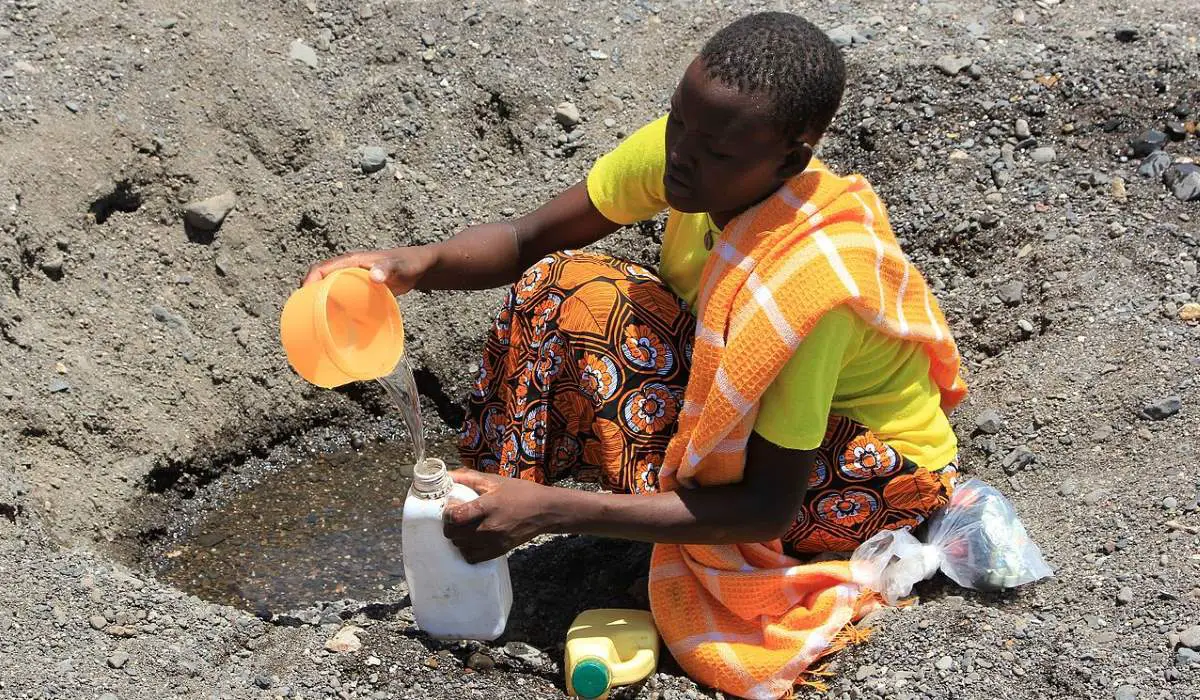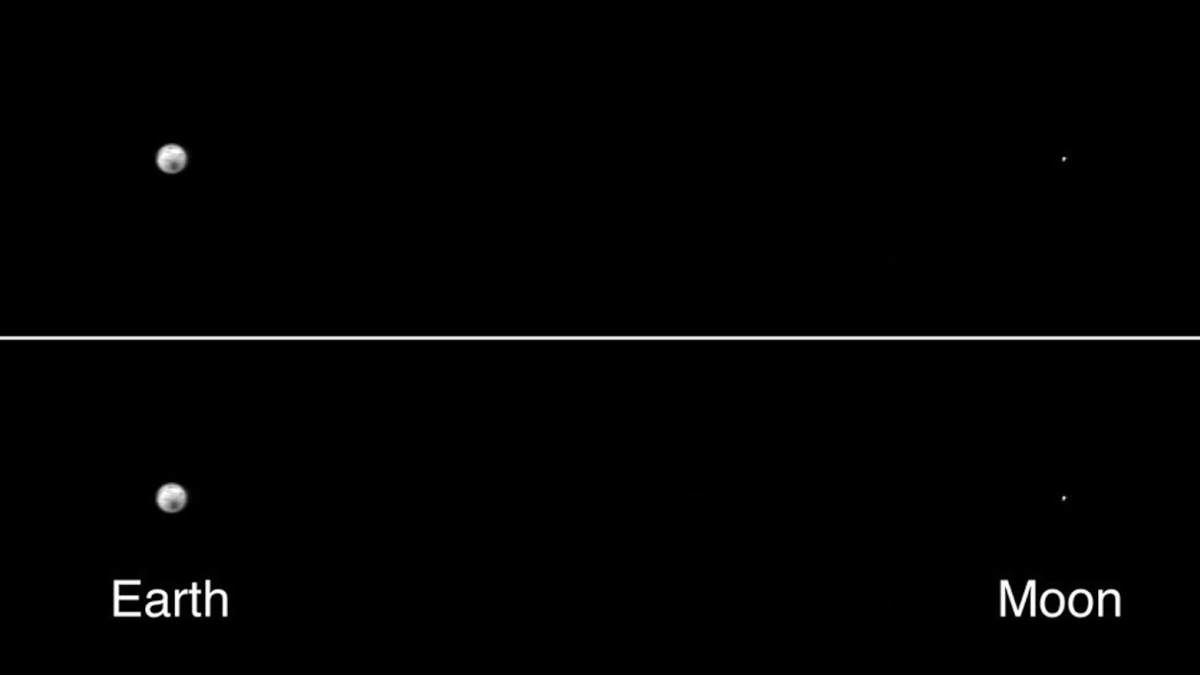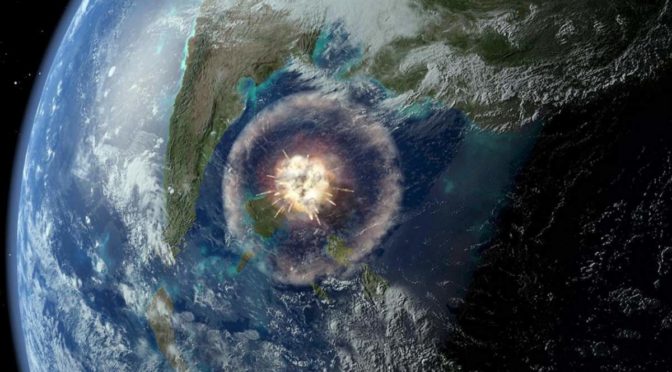Hồ Thuỷ Tiên is an abandoned water park in Vietnam. It was built in 2004 in an edge of the Vietnamese city of Huế, to the tune of approximately $3 million dollars. The idea was to create a family water park with amusement rides, slides, pools, shows, and an aquarium. But when the park opened its gates to the public, it was only partially completed.
After its opening, an excited population of park-goers began flocking to the park. But, somehow, it wasn’t enough. Within just a few years after its opening, the business started to experience financial problems. It closed not too long afterward and everything that had been built on the site had just been left as it was.
